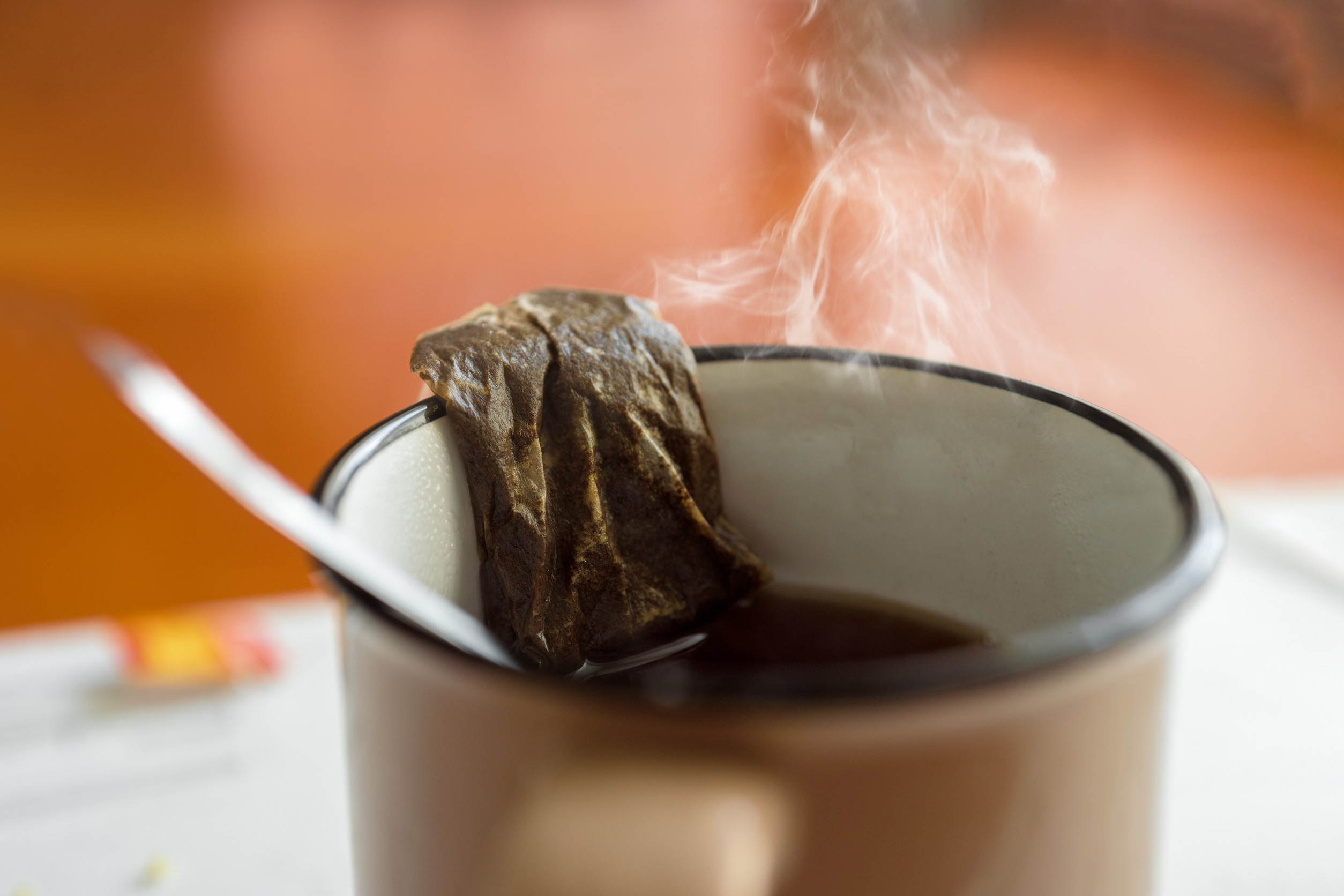Image Credit: seenad/123rf.com
Used tea bags, often discarded after brewing, offer a variety of practical uses that can benefit both gardens and indoor plants. Rather than throwing them away, individuals can repurpose steeped tea bags to enhance their gardening practices and reduce waste.
One effective use for steeped tea bags is as a natural pest deterrent. Peppermint and citrus-infused tea bags, in particular, can help keep unwanted insects away from plants. The strong scents of these teas act as a natural repellent, providing an eco-friendly alternative to chemical-based solutions.
In addition to pest control, used tea bags can enrich compost piles. They are rich in nitrogen and carbon, essential components for creating healthy compost. By adding steeped tea bags to a compost heap, gardeners can improve the nutrient content of their soil. It is important to note, however, that any plastic components from the tea bags should be removed before composting, as non-compostable materials can hinder the decomposition process.
For those starting seeds, used tea bags can be incorporated into a nutrient-rich seed starter mix. When combined with coconut fiber husk, vermiculite, perlite, and worm castings, the contents of steeped tea bags provide a lightweight and nutrient-dense environment for seedlings to thrive.
Indoor plants also benefit from the addition of used tea bags. Burying a tea bag slightly in the soil releases nitrogen and minerals over time, promoting healthier plant growth. Alternatively, if the tea bag is not compostable, the contents can be sprinkled directly onto the soil, offering a gentle nutrient boost.
Lastly, high-quality tea bags can be re-steeped for additional cups of tea, allowing tea drinkers to enjoy multiple brews from the same bag. The longevity of flavor depends on personal taste, and users can determine when a tea bag has reached its flavorful limit.
Repurposing used tea bags not only contributes to sustainable practices but also enhances gardening efforts, making it a practical choice for eco-conscious individuals.
Check out the original article here: Source link



